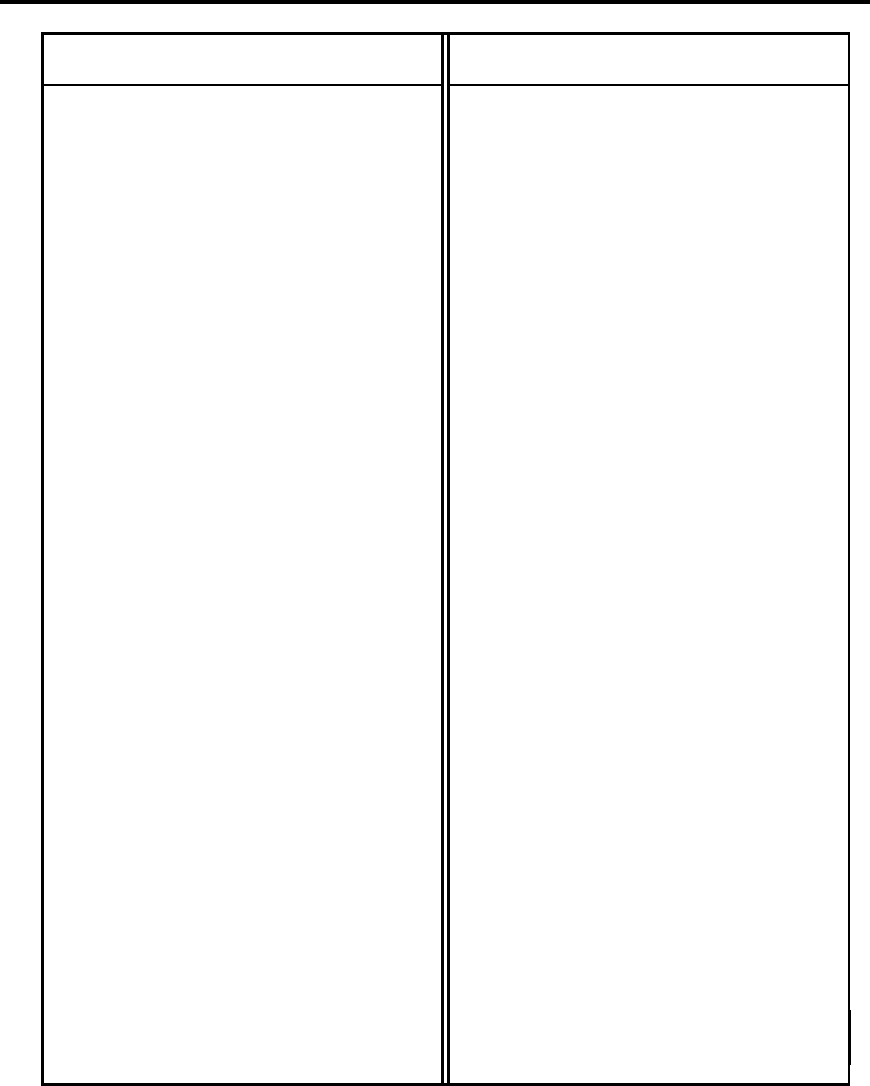Manual

_barcode: Code 128
36
Value Code
A
A
String
Code
B
B
String
Code
C
C
String
Value Code
A
A
String
Code
B
B
String
Code
C
C
String
0 SP ( ) SP ( ) 00 (00) 54 V (V) V (V) 54 (54)
1 ! (!) ! (!) 01 (01) 55 W (W) W (W) 55 (55)
2 " (") " (") 02 (02) 56 X (X) X (X) 56 (56)
3 # (#) # (#) 03 (03) 57 Y (Y) Y (Y) 57 (57)
4 $ ($) $ ($) 04 (04) 58 Z (Z) Z (Z) 58 (58)
5 % (%) % (%) 05 (05) 59 [ ([) [ ([) 59 (59)
6 & (&) & (&) 06 (06) 60 \ (\\) \ (\\) 60 (60)
7 ' (') ' (') 07 (07) 61 ] (]) ] (]) 61 (61)
8 ( (\() ( (\() 08 (08) 62 ^ (^) ^ (^) 62 (62)
9 ) (\)) ) (\)) 09 (09) 63 _ (_) _ (_) 63 (63)
10 * (*) * (*) 10 (10) 64 NUL (`) ` (`) 64 (64)
11 + (+) + (+) 11 (11) 65 SOH (a) a (a) 65 (65)
12 , (,) , (,) 12 (12) 66 STX (b) b (b) 66 (66)
13 - (-) - (-) 13 (13) 67 ETX (c) c (c) 67 (67)
14 . (.) . (.) 14 (14) 68 EOT (d) d (d) 68 (68)
15 / (/) / (/) 15 (15) 69 ENQ (e) e (e) 69 (69)
16 0 (0) 0 (0) 16 (16) 70 ACK (f) f (f) 70 (70)
17 1 (1) 1 (1) 17 (17) 71 BEL (g) g (g) 71 (71)
18 2 (2) 2 (2) 18 (18) 72 BS (h) h (h) 72 (72)
19 3 (3) 3 (3) 19 (19) 73 HT (i) i (i) 73 (73)
20 4 (4) 4 (4) 20 (20) 74 LF (j) j (j) 74 (74)
21 5 (5) 5 (5) 21 (21) 75 VT (k) k (k) 75 (75)
22 6 (6) 6 (6) 22 (22) 76 FF (l) l (l) 76 (76)
23 7 (7) 7 (7) 23 (23) 77 CR (m) m (m) 77 (77)
24 8 (8) 8 (8) 24 (24) 78 SO (n) n (n) 78 (78)
25 9 (9) 9 (9) 25 (25) 79 SI (o) o (o) 79 (79)
26 : (:) : (:) 26 (26) 80 DLE (p) p (p) 80 (80)
27 ; (;) ; (;) 27 (27) 81 DC1 (q) q (q) 81 (81)
28 < (<) < (<) 28 (28) 82 DC2 (r) r (r) 82 (82)
29 = (=) = (=) 29 (29) 83 DC3 (s) s (s) 83 (83)
30 > (>) > (>) 30 (30) 84 DC4 (t) t (t) 84 (84)
31 ? (?) ? (?) 31 (31) 85 NAK (u) u (u) 85 (85)
32 @ (@) @ (@) 32 (32) 86 SYN (v) v (v) 86 (86)
33 A (A) A (A) 33 (33) 87 ETB (w) w (w) 87 (87)
34 B (B) B (B) 34 (34) 88 CAN (x) x (x) 88 (88)
35 C (C) C (C) 35 (35) 89 EM (y) y (y) 89 (89)
36 D (D) D (D) 36 (36) 90 SUB (z) z (z) 90 (90)
37 E (E) E (E) 37 (37) 91 ESC ({) { ({) 91 (91)
38 F (F) F (F) 38 (38) 92 FS (|) | (|) 92 (92)
39 G (G) G (G) 39 (39) 93 GS (}) } (}) 93 (93)
40 H (H) H (H) 40 (40) 94 RS (~~) ~ (~~) 94 (94)
41 I (I) I (I) 41 (41) 95 US (DEL) DEL (DEL) 95 (95)
42 J (J) J (J) 42 (42) 96 FNC3 (~3) FNC3 (~3) 96 (96)
43 K (K) K (K) 43 (43) 97 FNC2 (~2) FNC2 (~2) 97 (97)
44 L (L) L (L) 44 (44) 98 SHFT (~S) SHFT (~S) 98 (98)
45 M (M) M (M) 45 (45) 99 CodC (~C) CodC (~C) 99 (99)
46 N (N) N (N) 46 (46) 100 CodB (~B) FNC4 (~4) CodB (~B)
47 O (O) O (O) 47 (47) 101 FNC4 (~4) CodA (~A) CodA (~A)
48 P (P) P (P) 48 (48) 102 FNC1 (~1) FNC1 (~1) FNC1 (~1)
49 Q (Q) Q (Q) 49 (49)
50 R (R) R (R) 50 (50) 103 Start CODE A (~a)
51 S (S) S (S) 51 (51) 104 Start CODE B (~b)
52 T (T) T (T) 52 (52) 105 Start CODE C (~c)
53 U (U) U (U) 53 (53)
If the UCC128 or EAN128 flags are true, the symbol is to be used as part of the UCC or EAN
system as a supplemental code. Both systems use the same format. A UCC-128 symbol is a stan-
dard Code 128 symbol that begins with one of the start characters immediately followed by an
FNC1 character. FNC1 has been reserved to exclusively indicate a UCC 128/EAN 128 symbol.
The remainder of the characters are fairly free-form. The first two characters are usually numeric
and indicate the format of the remainder of the symbol. These remaining characters may be
alphabetic and/or numeric characters and may be any length up to 30 characters. When PAL is
requested to build a symbol in this format, it checks that the character after the start code is FNC1.
If it is not, an FNC1 is inserted.










